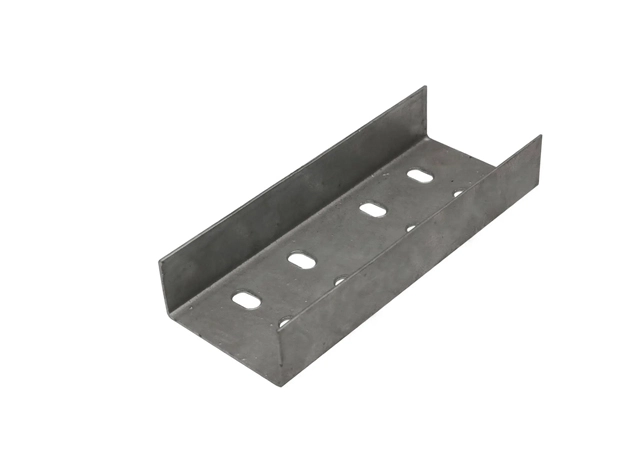From an aesthetic perspective, after undergoing a meticulous anodic oxidation process, the surface of the aluminum solar bracket is covered with a dense oxide film. This film acts like a natural protective armor, effectively reducing direct contact between air and the profile surface, thereby granting the brackets exceptional corrosion resistance. This ensures long-term use in various outdoor environments without losing luster. Additionally, aside from anodic oxidation, the surface treatment of aluminum solar brackets also includes techniques such as spraying and sanding, to meet the aesthetic and practical needs of different scenarios, thus broadening their application range.
When it comes to processing methods, the manufacturing process of solar panel brackets is highly flexible, resulting in a rich diversity of cross-sectional shapes. As the primary material, aluminum can be formed not only through traditional extrusion processes but also by incorporating modern bending and other innovative techniques. These efficient production methods significantly accelerate the production pace and shorten project cycles, allowing the aluminum solar brackets to be rapidly assembled and put into operation, aiding in the swift deployment of solar projects.
In terms of maintenance costs, aluminum solar brackets exhibit remarkable advantages. The profiles themselves possess excellent weather resistance and require no additional post-treatment maintenance or periodic painting. This greatly reduces maintenance costs, mitigating the workload for personnel and reducing the human, material, and time investments for companies, achieving a win-win for both economic and environmental benefits.
Considering installation convenience, aluminum solar brackets adopt a modular design concept, with all components connected through dedicated fittings, eliminating the need for drilling operations. The assembly and disassembly of the aluminum solar bracket is quick and straightforward, making it highly user-friendly. Furthermore, the various connection methods, whether internal or external can be flexibly chosen according to the specific requirements of the customers, ensuring the flexibility and adaptability of the bracket system to meet different installation demands.
Finally, in terms of stability, even though aluminum solar brackets use fittings for connections, their connection structure is meticulously designed to ensure high-strength connection performance. This stability not only manifests in adaptability to various harsh environments but also in their long lifespan. Even in the face of extreme weather conditions such as strong winds, rain, and snow, aluminum solar brackets can remain stable, providing solid support for solar panels and ensuring a stable output of energy.
